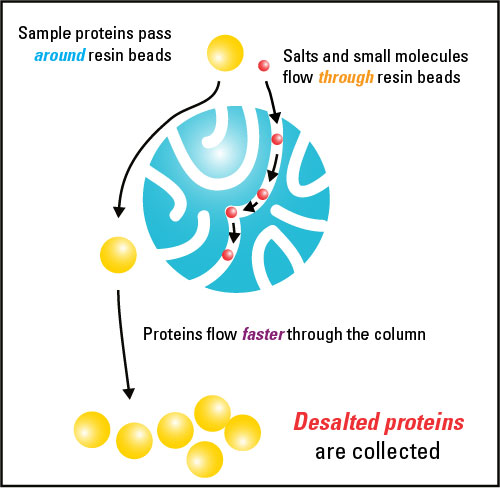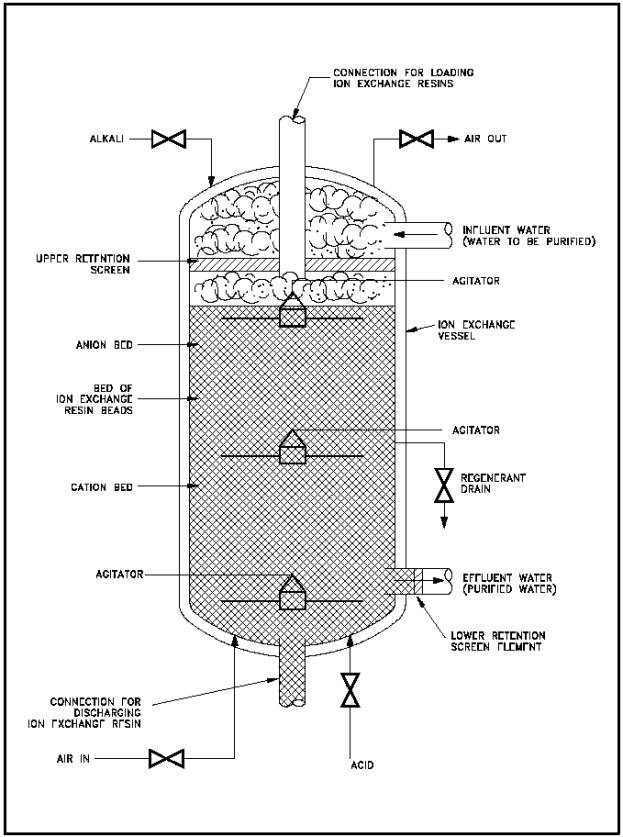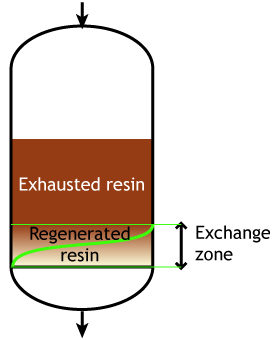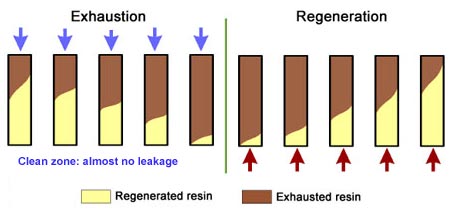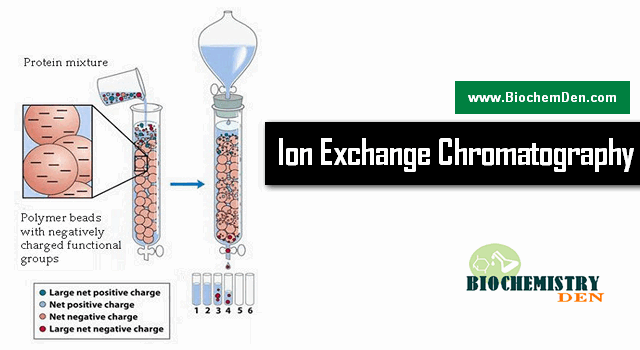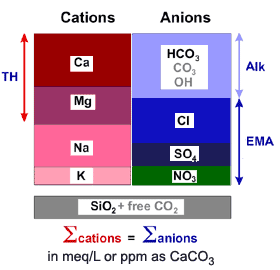The ion exchangers used in this research project were i clinoptilolite a naturally occurring zeolite and ii a resin in h form with functional group sulfonic acid lewatit s2568h.
Ion exchange resin column design.
One variation of the standard design uses a layer of weak acid resin on top of strong acid cation resin.
The design of the vessels should give a maximum resin bed depth while limiting the pressure drop across the resin bed to 1 bar.
The hardness ions ca and mg move into the resin beads and each of these divalent.
Column size most industrial ion exchange columns have a diameter between 0 5 and 3 2 m.
Basic column types are shown in another page.
Ion exchange takes place in one column while the resin in the second column is being regenerated resulting in continuous operation.
Design procedures the breakthrough curves for an ion exchange column and an adsorption column are similar.
4 each with a capacity of 120m3 h surface loading.
With the exception of the resin.
For example metal contaminants are.
The aim of the work described in this report was to design an ion exchange column for the removal of ammonium ions from ro permeate.
Because it is lighter the weak acid resin remains on top.
Ion exchange plant design some basic principles you will not find here a complete plant design manual.
Rohm and haas ion exchange ion exchange introduction 4 fd sep 2008 to soften water you take a cation exchange resin on which the mobile ion inside the beads is sodium na and you pass the hard water through a column filled with the sodium form resin.
10 days material cost of resin per m3 water produced.
Therefore the same procedures used for the design of adsorption columns may be used for ion exchange columns.
Based on the experiment results and calculation the ion exchange is design as follows.
Only a few general recommendations to ensure that an ion exchange system is designed economically and to achieve good performance and a simple but detailed example.
Continuous ion exchangers consist of two columns in parallel.
How to design an ion exchange resin system.
Goro nickel cobalt project in new.
O the scale up approach o the kinetic approach.
1 2 minutes column height.
Calenergy minerals is using an anionic dowex resin to recover zinc from geothermal brines in a series of ion exchange columns.
Usage examples continuous ion exchangers are used when it is imperative that product be continually generated.
Bigger vessels with up to 4 0 m are sometimes built but the aspect ratio of the resin bed width height becomes unfavourable and very precise distribution and collection systems must be fitted to ensure an even flow of the water during service and.
The contacting techniques are almost identical.
The recovered zinc is eluted with pure water and transferred intermittently to be treated by further refining 2.
